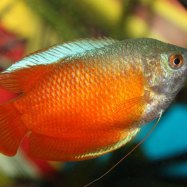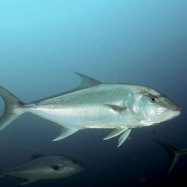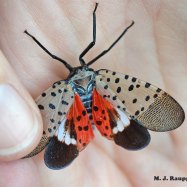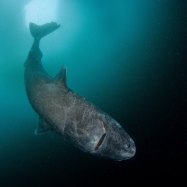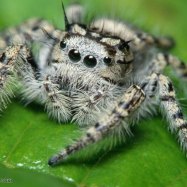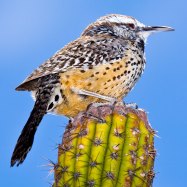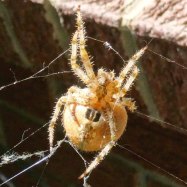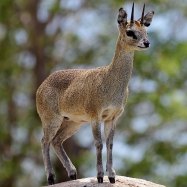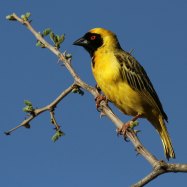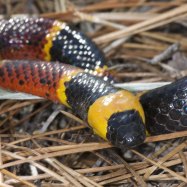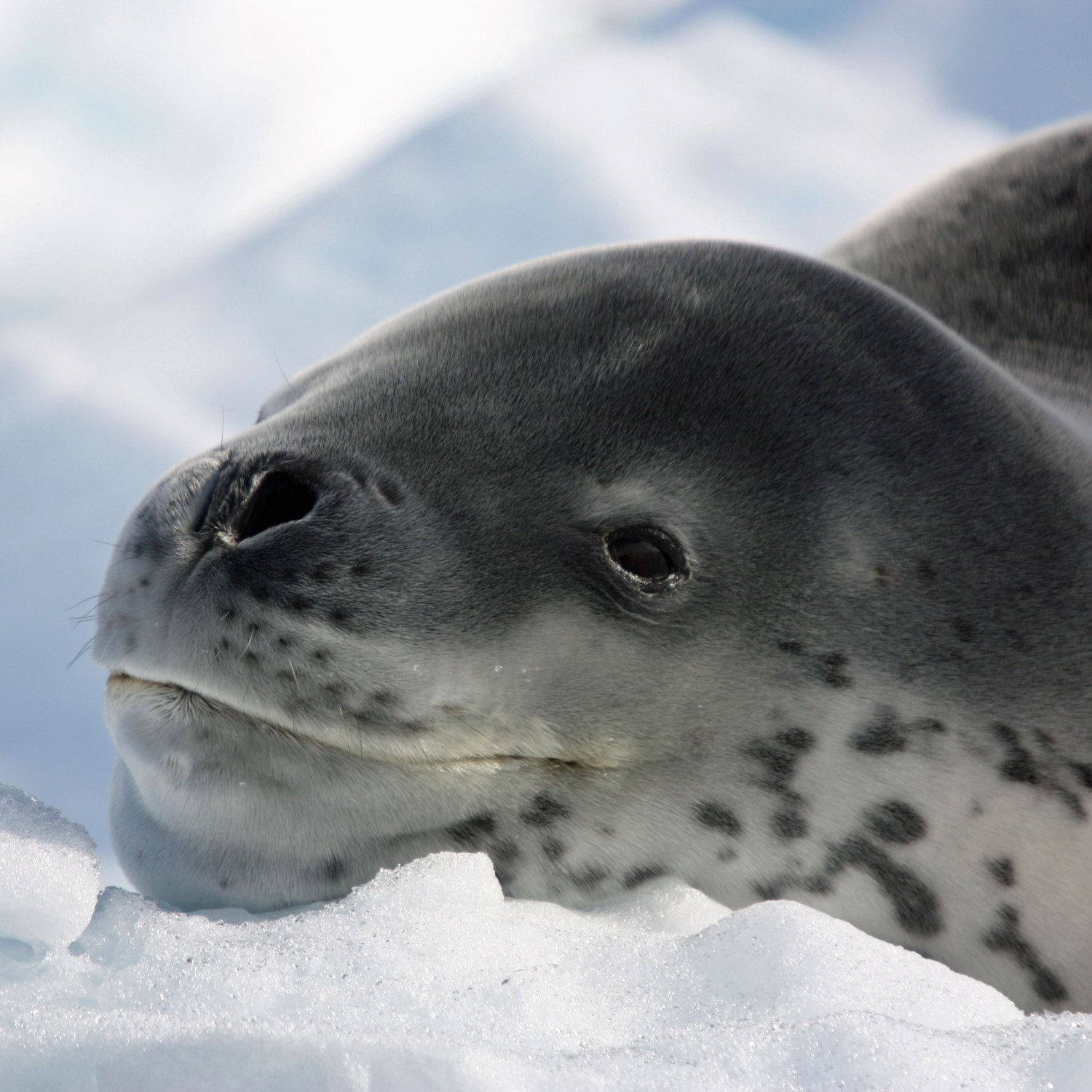
Leopard Seal
Up to 3.8 meters
The Leopard Seal, found in coastal areas and pack ice, can grow up to 3.8 meters in length, making it one of the largest seals in the world. Its long and slender body shape helps it to be an agile hunter in the water. The scientific name, Hydrurga leptonyx, translates to leopard seal, with its distinctive spots resembling those of a leopard. Keep an eye out for this impressive creature on your next coastal adventure! #LeopardSeal #CoastalWildlife #PackIce #Phocidae
Animal Details Summary:
Common Name: Leopard Seal
Kingdom: Animalia
Habitat: Antarctic
The Cunning and Endearing Leopard Seal of Antarctica
Amidst the vast expanse of icy white, where the temperature drops to bone-chilling degrees, lives a formidable predator that roams the seas. The mighty Leopard Seal, also known as Hydrurga leptonyx, is a fierce and fascinating creature that calls the Antarctic its home. This apex predator holds a special place in the hearts of many, including scientists and nature enthusiasts, with its cunning nature and endearing qualities. In this article, we will explore the unique characteristics of the Leopard Seal, its habitat, and its role in the delicate ecosystem of Antarctica Leopard Seal.The Origins of the Leopard Seal
The Leopard Seal belongs to the Kingdom Animalia, Phylum Chordata, and Class Mammalia, making it a distant relative of other marine mammals such as whales, dolphins, and seals. It falls under the Order Carnivora, which also includes land-based predators such as lions, tigers, and bears, showcasing its predatory nature.This species is a member of the Phocidae family, which includes true seals. Unlike other seals, Leopard Seals have elongated bodies and larger heads, making them more streamlined for swimming and hunting in the water. They are the second-largest seal species in the Antarctic, with Southern Elephant Seals being the largest.
Habitat and Distribution
As the name suggests, the Leopard Seal can be found in the icy waters of the Antarctic, making the frozen continent its primary habitat. This isolated location is crucial for their survival as they are well-equipped for the extreme conditions of this region. They are mainly found in the coastal areas and pack ice, with an estimated population of 15,000 individuals.Despite their solitary nature, Leopard Seals can be found in groups, especially during the mating and molting season Lavender Albino Ball Python. They are also known to migrate to other areas such as New Zealand and Australia during the winter season, seeking food and warmer waters.
Feeding Habits
It is no surprise that the Leopard Seal is a carnivorous species, considering its sharp teeth and powerful jaws. These predators are known to be opportunistic feeders, preying on a variety of species such as fish, penguins, and other seals. However, their diet mainly consists of Antarctic krill, squid, and fish.Leopard Seals are excellent hunters and are known to use different tactics to catch their prey. For instance, they can dive to depths of up to 200 meters and hold their breath for over 15 minutes, allowing them to sneak up on unsuspecting prey. They also use their agile bodies and powerful flippers to chase down their prey, making them one of the most successful predators in the Antarctic.
The Unique Coloration of the Leopard Seal
One of the most distinctive features of the Leopard Seal is its striking coloration. As the name suggests, their fur is spotted with dark gray or black spots against a light grey or silver background. This coloration enables them to blend in with the ice and snow, making it easier for them to ambush their prey.This camouflage is crucial for their survival as it also helps them hide from other predators such as orcas and leopard seals. However, despite their fearsome appearance, Leopard Seals are not aggressive towards humans and are known to be curious and playful.
Body Shape and Size
Leopard Seals are considered one of the most dangerous predators in the Antarctic, thanks to their powerful built and agile bodies. They have a long and slender shape, which allows them to move quickly and gracefully through the water. Their bodies can grow up to 3.8 meters, and they can weigh up to 500 kilograms, making them the second-largest seal species in Antarctica.The body of a Leopard Seal is perfectly adapted to its life in the water. Their smooth and streamlined bodies help them maneuver effortlessly, and their powerful flippers enable them to swim at speeds of up to 25 km/h. Furthermore, their hind flippers can rotate, allowing them to walk on land and crawl on ice, making them one of the most versatile predators in the animal kingdom.
Threats and Conservation Efforts
Despite their impressive hunting skills and rugged nature, Leopard Seals are classified as a vulnerable species by the International Union for Conservation of Nature (IUCN). One of the main threats to their survival is climate change, as it alters the Antarctic habitat and affects the availability of their main food source, krill.Industrial fishing practices, pollution, and entanglement in fishing gear also pose a threat to their population. Furthermore, their population is expected to decline due to the decline of krill, which plays a crucial role in their diet.
To protect and conserve this magnificent species, several conservation efforts have been put in place. This includes the monitoring and regulation of krill fishing, as well as the creation of Marine Protected Areas to safeguard their foraging grounds.
The Role of Leopard Seals in the Antarctic Ecosystem
As apex predators, Leopard Seals play a crucial role in the delicate balance of the Antarctic ecosystem. They help control the populations of their prey, preventing overgrazing and allowing other species to thrive.Their diet also plays a critical role in the nutrient cycle of the ocean. As they consume a variety of marine species, they help redistribute nutrients in the water, which benefits other species such as phytoplankton and krill.
Furthermore, Leopard Seals are also an important indicator of the health of the Antarctic ecosystem. Any changes or declines in their population can indicate underlying issues that need to be addressed to maintain the balance of this fragile environment.
In Conclusion
The Leopard Seal is a remarkable and enigmatic species that roams the frigid waters of the Antarctic. Their cunning nature, powerful built, and adorable appearance make them a beloved creature among scientists and nature enthusiasts alike. However, their survival is threatened by various human activities, and it is crucial that we take immediate action to protect and conserve this magnificent species.As we continue to learn more about these apex predators, we also gain a better understanding of the delicate ecosystem they call home. Let us continue to admire and respect the remarkable creatures that share our planet and do our part in preserving their existence for future generations to come.

Leopard Seal
Animal Details Leopard Seal - Scientific Name: Hydrurga leptonyx
- Category: Animals L
- Scientific Name: Hydrurga leptonyx
- Common Name: Leopard Seal
- Kingdom: Animalia
- Phylum: Chordata
- Class: Mammalia
- Order: Carnivora
- Family: Phocidae
- Habitat: Antarctic
- Feeding Method: Carnivorous
- Geographical Distribution: Antarctica
- Country of Origin: Antarctica
- Location: Coastal areas and pack ice
- Animal Coloration: Dark gray or black with light spots
- Body Shape: Long and slender
- Length: Up to 3.8 meters
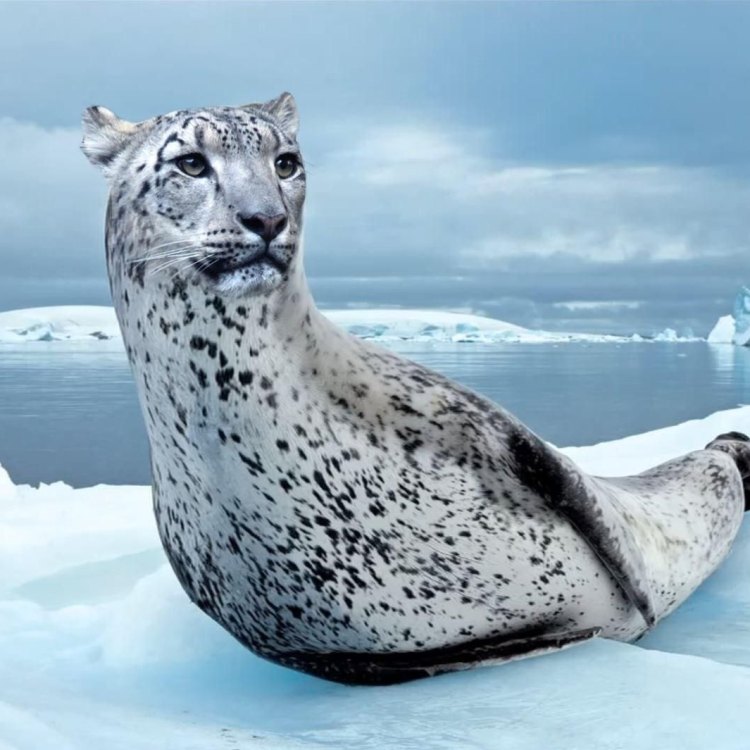
Leopard Seal
- Adult Size: Large
- Average Lifespan: Around 25 years
- Reproduction: Viviparous
- Reproductive Behavior: Polygynous
- Sound or Call: Loud and eerie calls
- Migration Pattern: Partially migratory
- Social Groups: Solitary
- Behavior: Aggressive and territorial
- Threats: Climate change, reduced sea ice, and human impact
- Conservation Status: Least Concern
- Impact on Ecosystem: Top predator in Antarctic ecosystems
- Human Use: Occasionally hunted by indigenous peoples
- Distinctive Features: Spotted coat and long, flexible body
- Interesting Facts: Leopard seals are known for their vocalization and have a wide range of calls, including eerie vocalizations that earned them the nickname 'sea leopards'. They are also one of the top predators in the Antarctic and have been known to prey on other seals, penguins, and fish.
- Predator: Killer whales
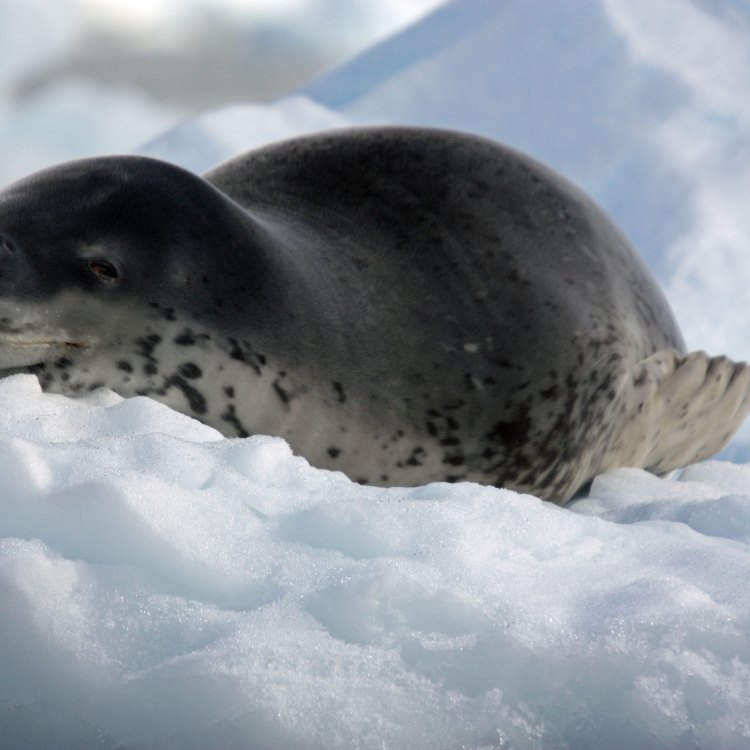
Hydrurga leptonyx
The Mighty and Mysterious Leopard Seal: Top Predator of the Antarctic
The Antarctic may seem like a desolate and unforgiving place, but tucked away in the icy waters of the Southern Ocean, lies a creature that reigns supreme as the top predator - the Leopard Seal. With its distinctive spotted coat and long, flexible body, the Leopard Seal is a powerful and elusive creature that commands respect. In this article, we will delve into the fascinating world of the Leopard Seal, learning about its behavior, threats, conservation status and impact on the ecosystem.Native to the frigid waters of the Antarctic and surrounding areas, the Leopard Seal (Hydrurga leptonyx) is the second largest species in the seal family, surpassed only by the southern elephant seal PeaceOfAnimals.Com. As adults, these seals can reach lengths of up to 11.5 feet (3.5 meters) and weigh up to 1,300 pounds (600 kilograms). While their massive size may seem intimidating, it is their unique features and behavior that truly sets them apart.
Let's start with their distinctive coat, which is the inspiration behind their name. The Leopard Seal is covered in dark spots, similar to those found on leopards, but in a more irregular and random pattern. This provides them with excellent camouflage, making it easier for them to ambush prey.
Another interesting feature of the Leopard Seal is their long, flexible body. This allows them to move through the water with ease and agility, making them skilled hunters Labahoula. They have a streamlined shape, with strong front flippers that help them to navigate and catch their prey.
While the average lifespan of a Leopard Seal is around 25 years, they have a long reproductive cycle compared to other seal species. They are viviparous, meaning they give birth to live young and have a gestation period of about 11 months. They typically give birth to one pup at a time, and the pup will stay with its mother for about six weeks before being weaned.
When it comes to their reproductive behavior, Leopard Seals are polygynous, meaning they have multiple partners during the breeding season. Males will often fight over females, and the strongest and most dominant male will secure a harem of females to mate with.
But it's not just their physical features and reproductive behavior that make Leopard Seals unique. They are also known for their vocalizations, which have earned them the nickname 'sea leopards'. These vocalizations serve a variety of functions, from attracting mates to establishing territory. Leopard Seals have a wide range of calls, from barks and growls to eerie vocalizations that have been described as sounding like a horror movie soundtrack. These sounds can be heard above and below water, and it's believed that the seals use different calls for different purposes.
While they may capture our attention with their striking appearance and vocalizations, Leopard Seals are also a vital species in the Antarctic ecosystem. As top predators, they play a crucial role in keeping populations of their prey in check and maintaining the balance of the ecosystem. Their diet mainly consists of Antarctic krill, but they also prey on other seals, penguins, and fish. In fact, they are one of the few predators that hunt Adélie penguins, and their presence can have a significant impact on the penguin populations in certain areas.
However, despite their resilience and importance in the Antarctic ecosystem, Leopard Seals face numerous threats that put their survival at risk. One of the most significant threats is climate change. As the planet continues to warm, the sea ice that these seals rely on for hunting and resting is shrinking, making it harder for them to find food and resting spots. This is a significant concern because adults and pups alike need sea ice to survive. Without it, they are vulnerable to predators and have a hard time finding food.
Reduced sea ice is not the only danger faced by Leopard Seals. They are also impacted by human activities such as pollution and disturbance. This can come in the form of oil spills, which can contaminate the water and their food supply, or from vessels passing through their habitats, which can disrupt their behavior and cause stress.
Despite these threats, the population of Leopard Seals remains stable and is currently classified as 'Least Concern' on the IUCN Red List. However, ongoing monitoring and conservation efforts are needed to ensure their survival, especially in the face of a changing climate.
In some areas, such as Antarctica, indigenous peoples have traditionally hunted Leopard Seals for their meat and skins. While this is still practiced in small numbers, it is regulated and considered sustainable. In fact, the meat and blubber of Leopard Seals have been an important source of food for these communities for centuries. However, hunting is not the main threat to their populations, and sustainable practices ensure that their numbers are not significantly impacted.
While humans have had a limited impact on the population of Leopard Seals, there is one predator that poses a significant threat to their survival - killer whales. Just like the Leopard Seals, killer whales are supreme hunters in the Antarctic, and they have been known to prey on Leopard Seals, especially young pups. As the climate continues to change, and sea ice becomes scarcer, scientists are concerned that these predators may have an even easier time hunting Leopard Seals, potentially leading to a decline in their population.
In conclusion, the Leopard Seal is a magnificent and mysterious creature that plays a vital role in the Antarctic ecosystem. From their distinctive features and mating behavior to their eerie calls and top predator status, these seals have captivated our imaginations for centuries. And as we continue to study and learn more about these elusive creatures, it's important to remember that they are not just a fascinating species but a crucial part of the delicate balance of our planet's ecosystems. It is our responsibility to take action to protect them and ensure their survival for generations to come.
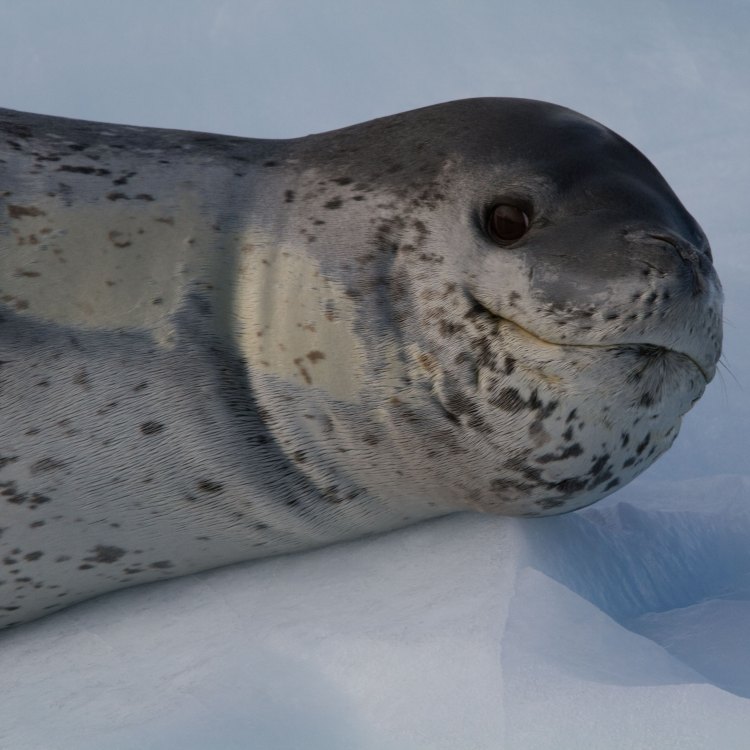
The Cunning and Endearing Leopard Seal of Antarctica
Disclaimer: The content provided is for informational purposes only. We cannot guarantee the accuracy of the information on this page 100%. All information provided here may change without prior notice.

